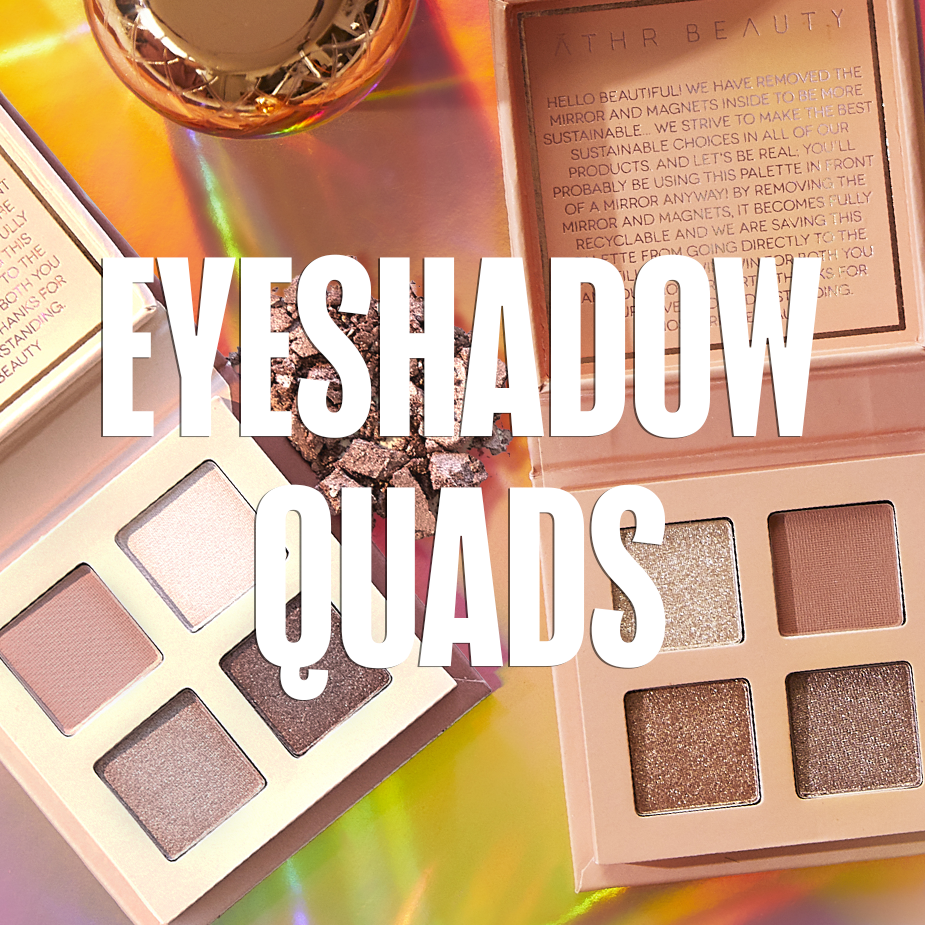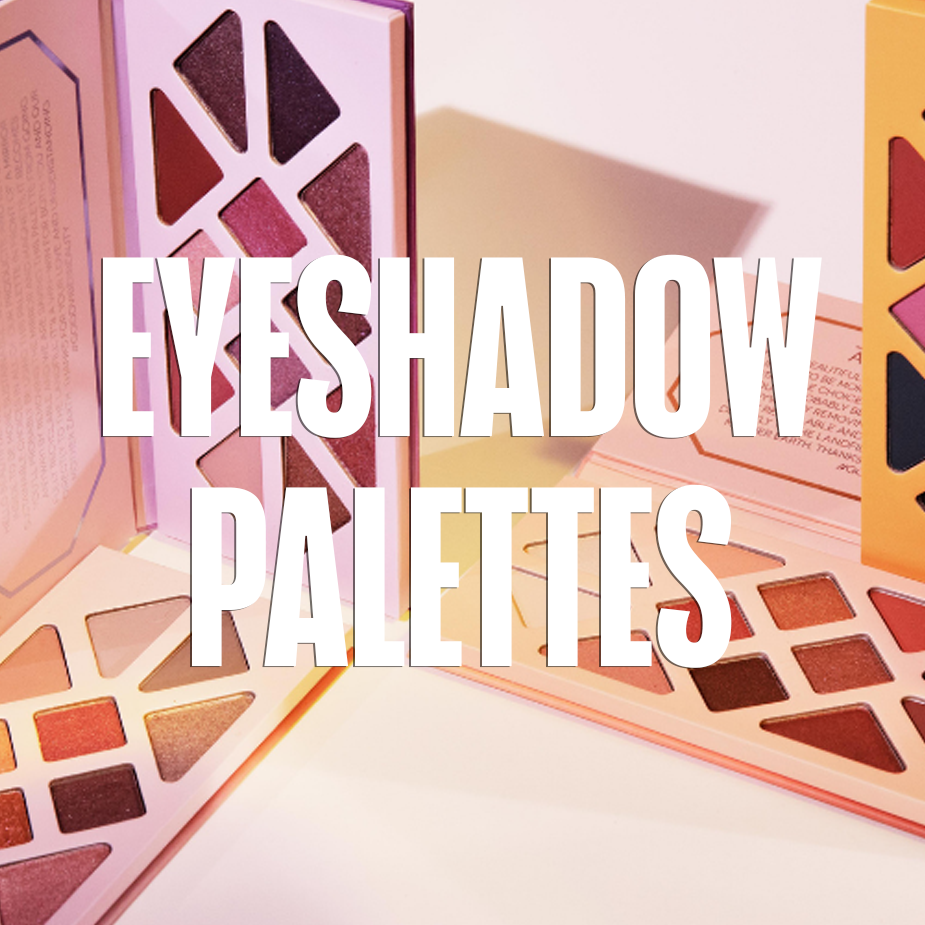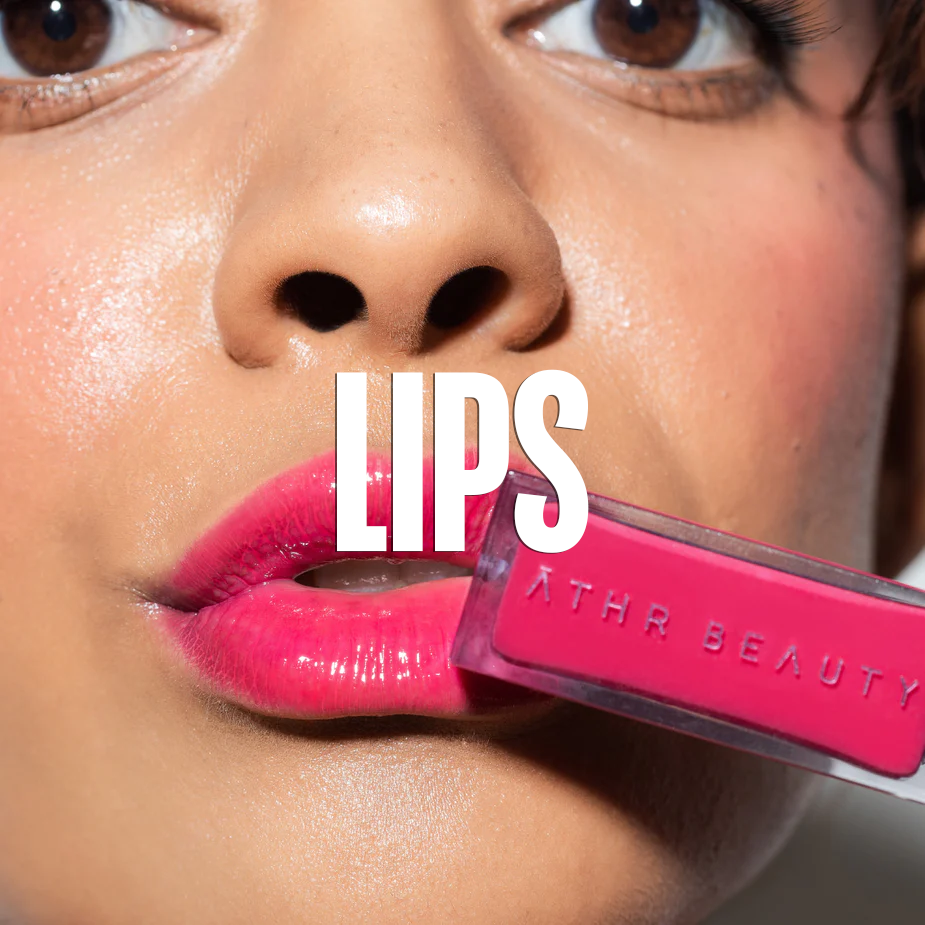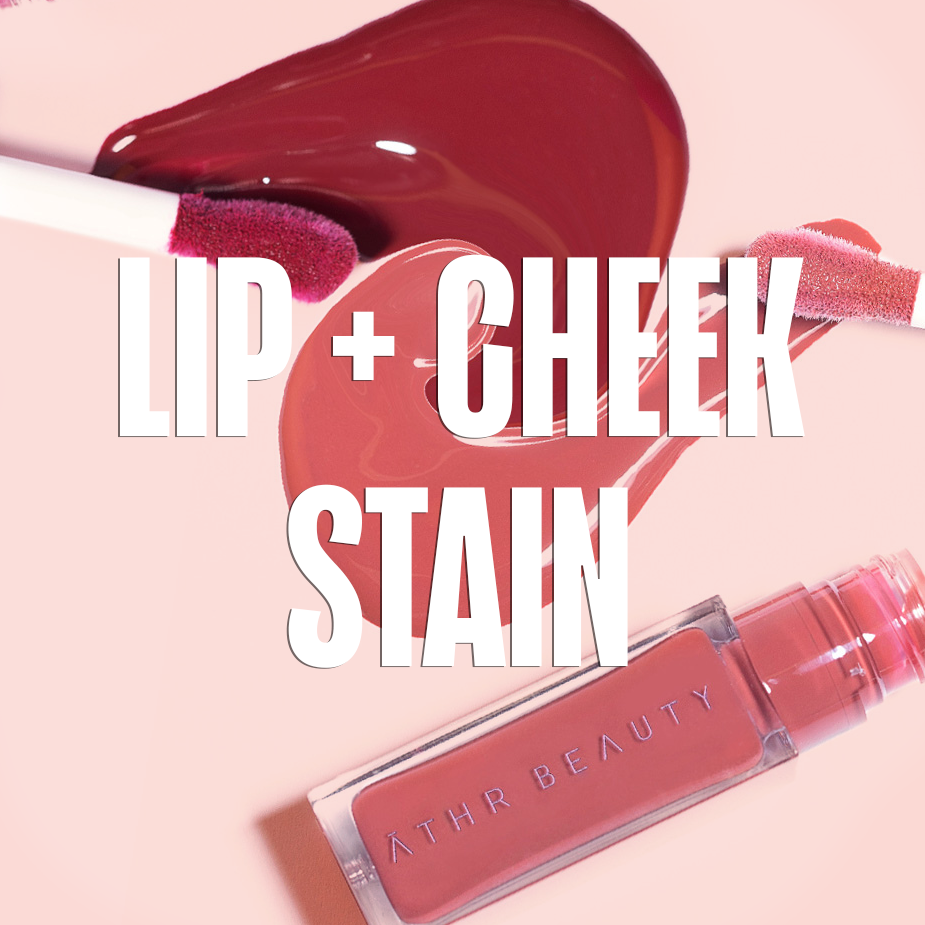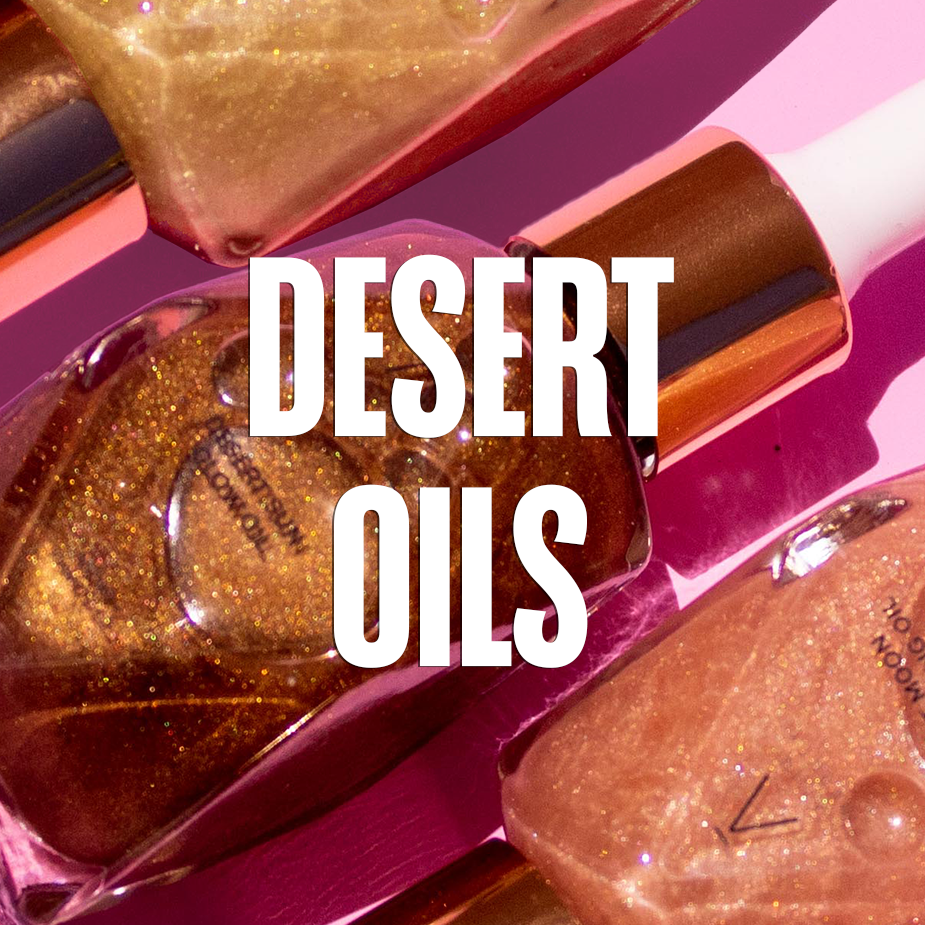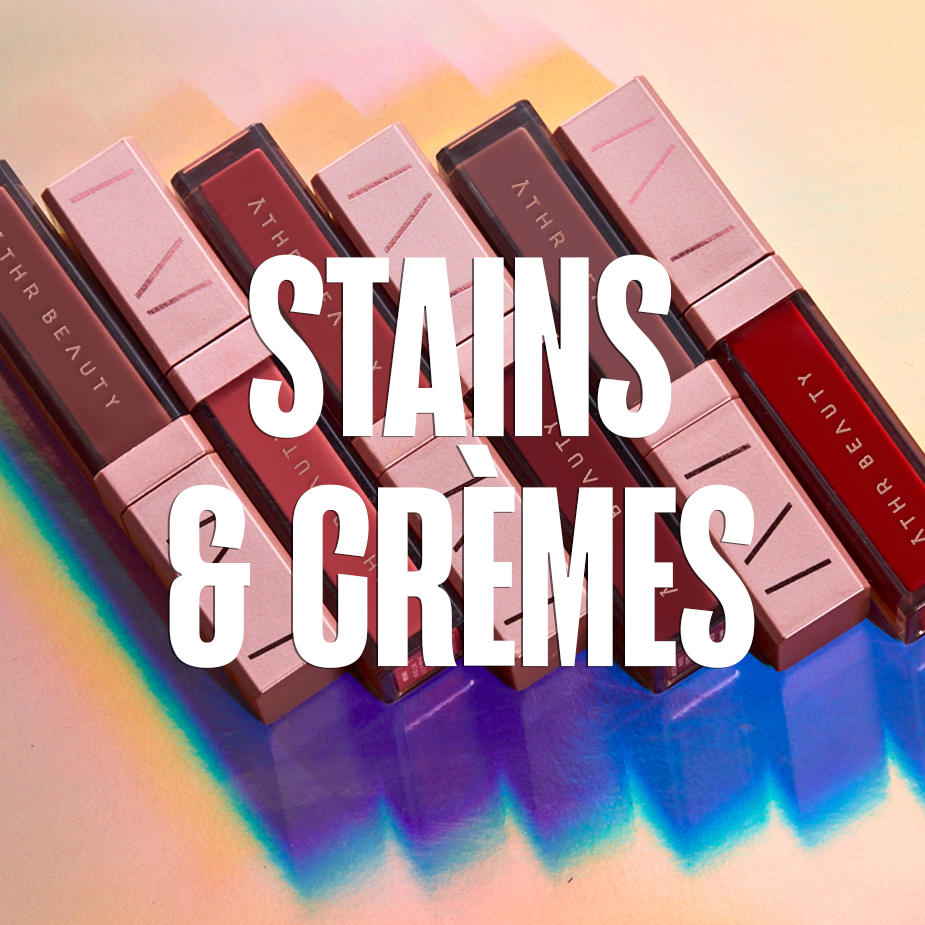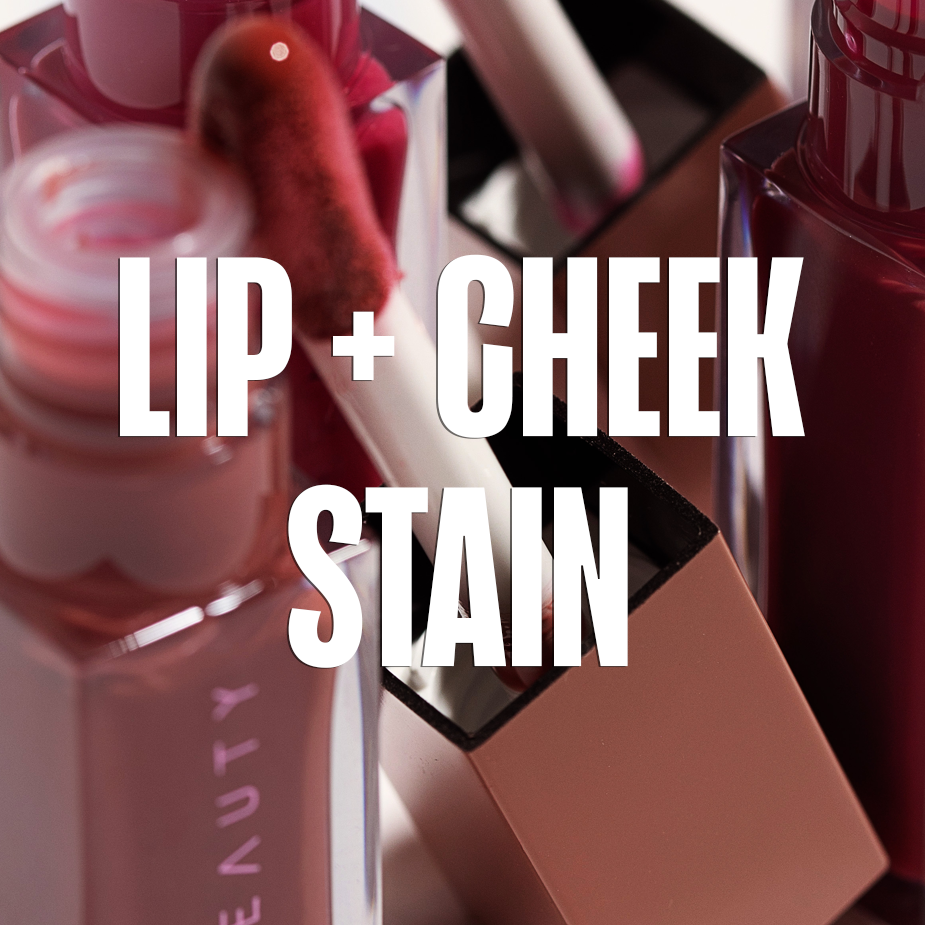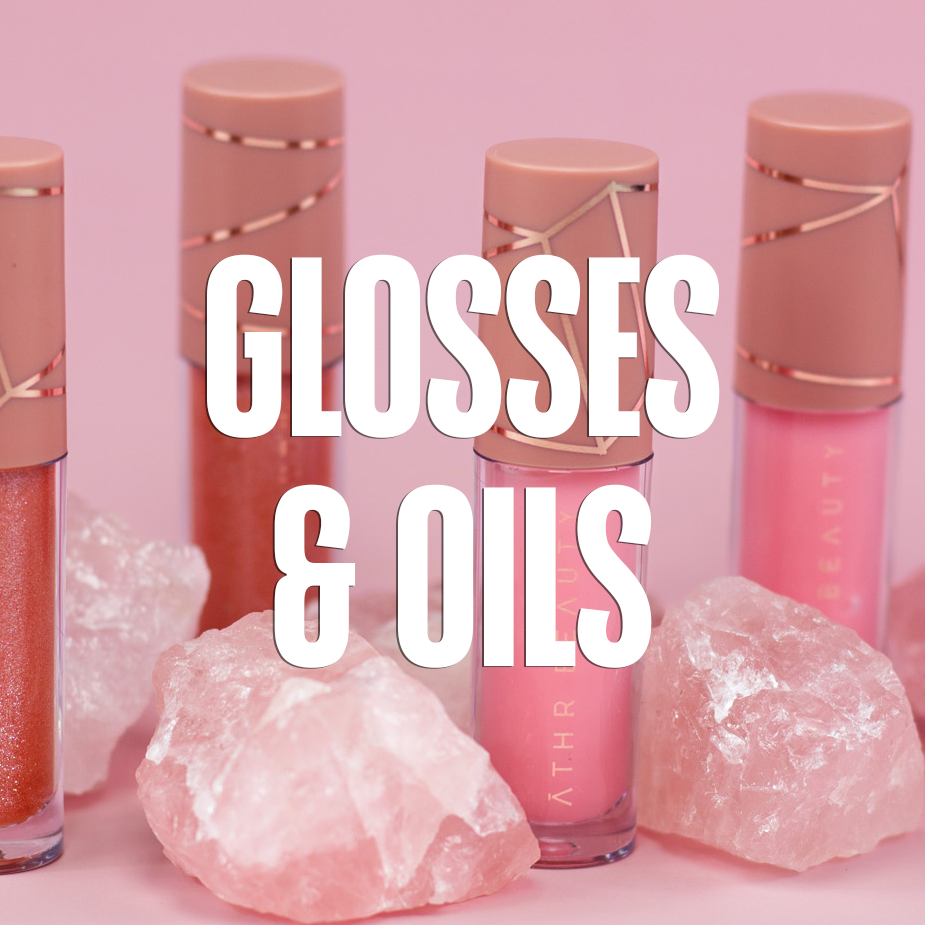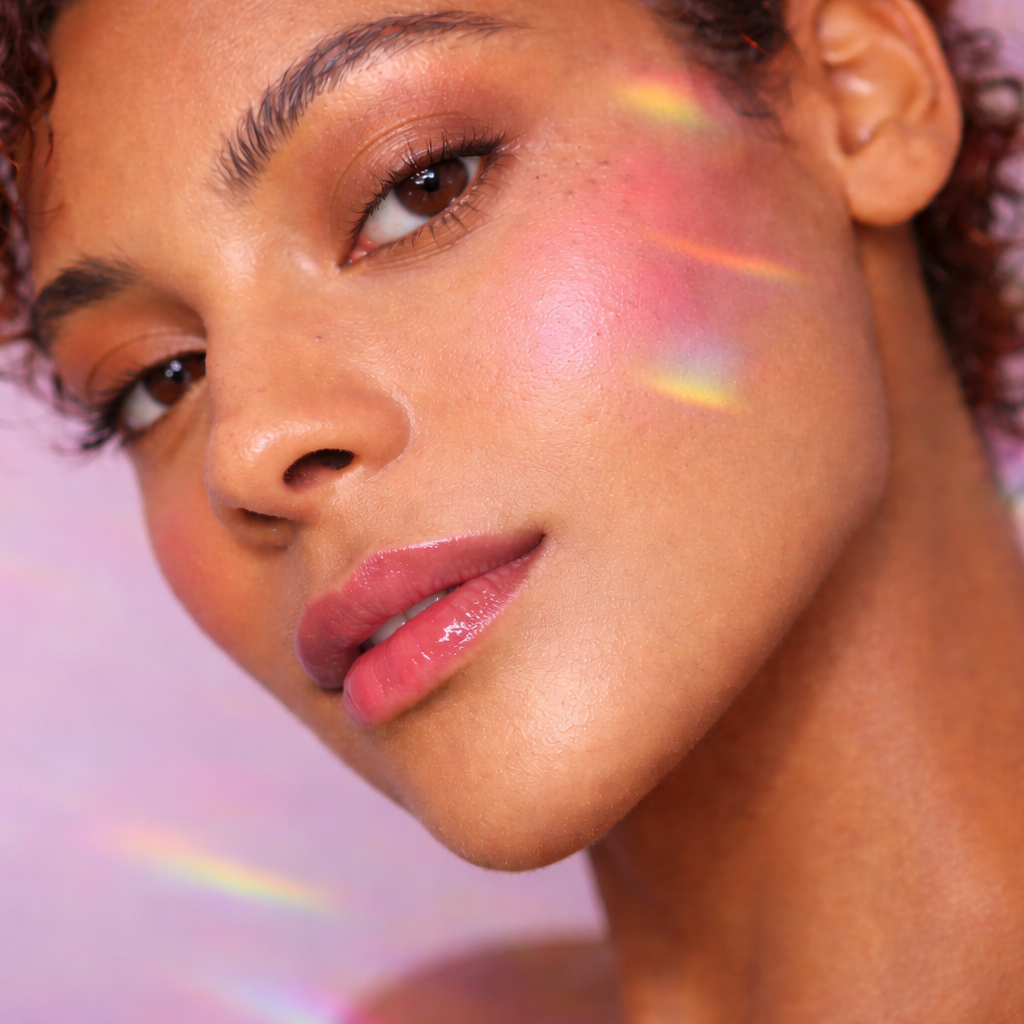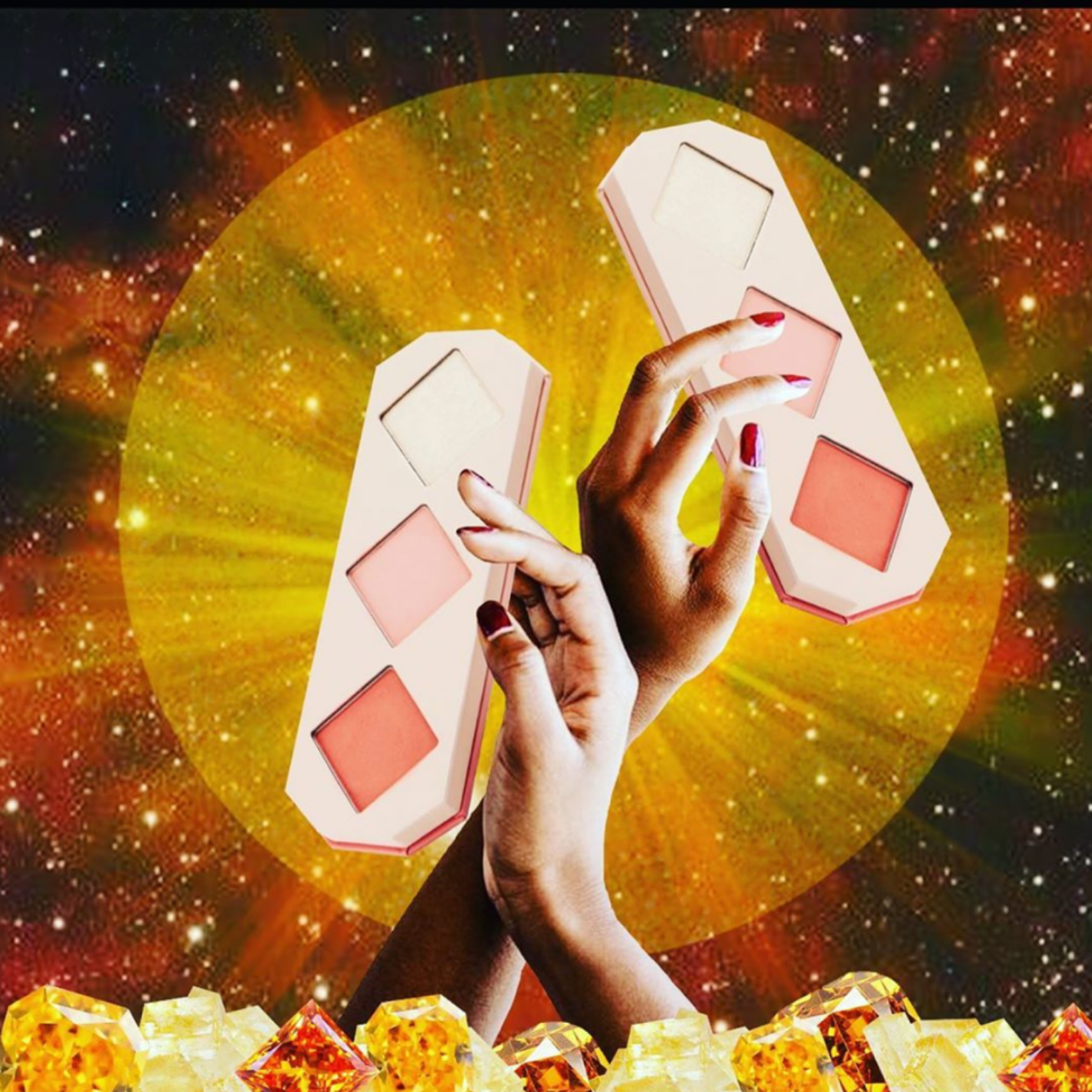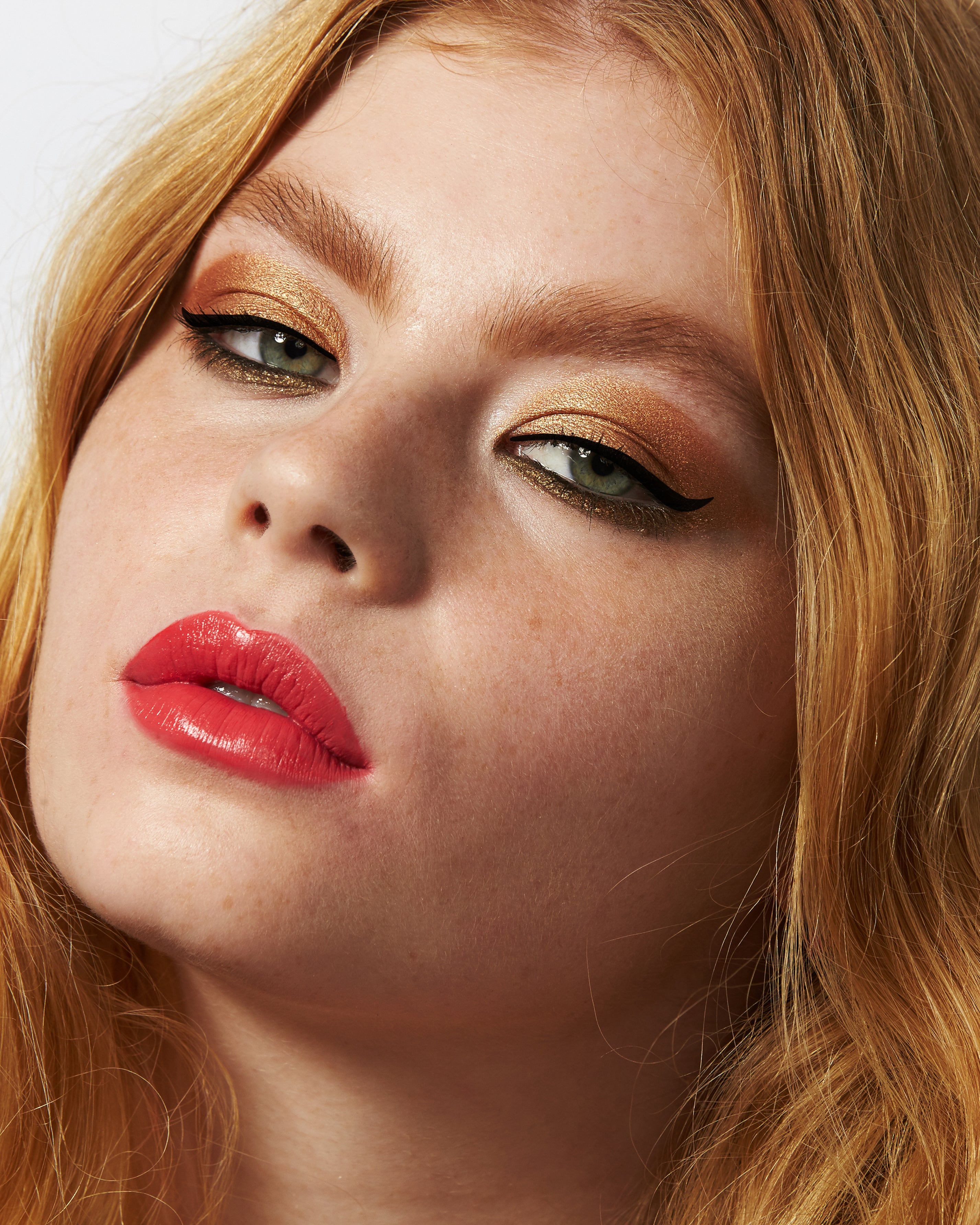You may be thinking, 'What the heck is Bismuth Oxychloride?' or you may have heard A LOT about this controversial ingredient and have sent us your questions. Either way, in today's blog, we'll chat about:
- What is Bismuth Oxychloride?
- Can It Cause Allergic Reactions? Is it safe?
- Why We Use It In Some Of Our Shades.
- Important Tips For Reading Ingredient Labels.
- Our Ingredient Standards + Our Favorite Ingredient-Vetting Resources.
First of all, can we just say how incredible it is that you're evaluating products down to the individual ingredient level?! This fills us with so much joy – that despite minimal industry regulations and misleading claims, you're not being fooled. You're researching, questioning, and taking product safety into your own hands. This is the most powerful way we can make change – arm ourselves with information and expect more from our beauty brands!
So, today's topic: Bismuth Oxychloride. This ingredient was first in the spotlight a few years ago when users of a popular mineral makeup line were having allergic reactions to their Bismuth Oxychloride-based products. It exploded on the internet and people started avoiding any product containing this ingredient. So, what's the deal? Is this ingredient safe? Can it cause allergic reactions? Let's get into it.
What Is Bismuth Oxychloride?
Bismuth Oxychloride is a synthetically-created powder made by combining the natural elements oxygen, chlorine, and bismuth. Bismuth is the only non-toxic heavy metal, purified in a multi-step process before use in cosmetics.
The end-product, Bismuth Oxychloride, is used in makeup as a colorant that creates an iridescent effect.

Fun fact: The isotope Bismuth-213 was tested for cancer treatment as part of the Target Alpha Therapy (TAT) program. It's also used in the indigestion treatment Pepto-Bismol (also known as Bismuth Subsalicylate).
Is Bismuth Oxychloride Safe? Can It Cause Allergic Reactions?
Bismuth Oxychloride (like many ingredients) can be allergenic if exposed to the skin in large quantities. In mineral-based powder foundations for example, where Bismuth Oxychloride is used as a base or in high amounts, allergic reactions are definitely possible.
When the concentration of this ingredient is low, however, the potential for any sort of allergic reaction is very unlikely.
We use Bismuth Oxychloride at a very low concentration. Where we use it, it makes up less than 0.1% of the formula. At this level, allergic reactions are very rare. In fact, many of our customers tell us that our eyeshadows are the first that haven't irritated their skin!
In terms of safety, Bismuth Oxychloride is considered completely non-toxic. For more on how we choose our ingredients, plus the heavy metals you do need to worry about, read our blog.
Why We Use Bismuth Oxychloride:
This colorant helps create the multifaceted shimmer and unique shades you see in some of the Rose Quartz Crystal Gemstone Palette shades.
Bismuth Oxychloride also has great 'dermal adhesion,' meaning it helps our shadows stay on the skin longer without slipping. And best of all, this ingredient helps reflect light away from the skin, camouflaging wrinkles and fine lines.
If you'd prefer to avoid Bismuth Oxychloride: our other two palettes, the Crystal Grid Gemstone Palette, and the Summer Solstice Palette are both free of this ingredient.
Reading Ingredient Labels:
A couple of things to keep in mind when reading ingredient labels (have a look at our Rose Quartz Crystal Gemstone Palette label below):
- The phrase 'may contain' means that one or more (but not all) shades contain this ingredient. This is used for multi-shade products to save room on packaging. In our palettes for example, if we didn't use 'may contain', we'd have twelve ingredient lists on the package to include every shade.
- Ingredient order matters! Ingredients are listed in order of concentration, so if you see an ingredient near the end, there is a very low concentration of that ingredient. Bismuth Oxychloride is listed last on our label as it's the lowest concentration ingredient. The first ingredient is usually the base of the product and is used at the highest level of concentration. As you can see on our label below, Mica is the first ingredient – the base of the product. Read our blog The Truth About Mica for more information on how we source our ethical mica.
Rose Quartz Crystal Gemstone Palette:
Mica*, Ethylhexyl Stearate, Calcium Sodium Borosilicate*, Zinc Stearate*, Calcium Aluminum Borosilicate*, Synthetic Fluorphlogopite, Rosa (Rose Hip) Canina Seed Oil**, Silica*, Cocos Nucifera (Coconut) Oil***, Butyrospermum Parkii (Shea) Butter*** Tin Oxide, (Rose) Quartz*, Alumina*
May Contain: Bronze Powder*, Titanium Dioxide, Manganese Violet, Iron Oxides, Ultramarines*, Bismuth Oxychloride
*Naturally derived, ** Organic, *** Organic + Fair Trade
Our Ingredient Standards:
Safety and purity is our number one priority. We ban over 1400 ingredients from our products (as compared to 11 banned ingredients in the US and 1300 banned in the EU). We are beyond meticulous when it comes to choosing our ingredients (after all we wear this stuff too!)
In addition to non-toxic, organic, and skin-nourishing, our ingredients will always be:
- Ethically Sourced with Fair-trade and Ethical Labor Practices.
- 100% Vegan and Cruelty-Free.
- Sustainably-Sourced, Farmed, and Extracted.

To us, clean beauty means a clean conscience! It means that from our nontoxic, vegan formulas to our sustainable, ethically sourced ingredients to our zero-waste, recyclable packaging, we are bringing only good into this world. #goodvibesbeauty
Our Fave Ingredient-Vetting Resources:
So now that you know all about Bismuth Oxychloride, what about those other ingredients you're not sure about? Here are some of our trusted sources for vetting ingredients:
Credo Beauty:
Founded by ex-Sephora executives, Credo knows beauty. They know what makes a high-performing product, and they work with a team of experts in ingredient safety. Their standards are based on proven safety, and all known toxins are banned. They also look at the whole picture and don't ban ingredients or ingredient-groups based on inconclusive evidence.
Clean Beauty isn't about 'synthetic vs natural,' but instead about carefully evaluating ingredient sources for their potential impacts.
Also, they consider both safety AND sustainability in their ingredient choices. This is unique in the industry and aligns with our ethos of #donoharm: to people, to animals, or to this planet.
So whether you use Credo's Dirty List to vet individual ingredients or if you just want to clean up your routine without diving deep into each ingredient, Credo is a great place to get started.
Detox Market:
Another great resource for ingredient intel and a trusted retailer of non-toxic, effective clean beauty options. Every product is thoroughly vetted for safety and effectiveness by their team of experts.
Beauty Heroes:
With very strict ingredient standards, Beauty Heroes is a fantastic place to learn about ingredient safety. Between their e-books and short videos, you can learn a lot by visiting their site.
EWG Skin Deep:
A great database to search individual ingredients. EWG rates ingredients based on health concerns and cites scientific studies, government organizations, cosmetic safety panels, the FDA, and other reliable sources. While it's a great resource, it's not the be-all and end-all in every situation. We always recommend checking several sources to get the full picture of any controversial ingredients.
FDA:
This one comes with a bit of a disclaimer – the FDA is far behind in its ingredient assessments (they still have only banned 11 ingredients since 1938), so it's not a source we'd recommend for ingredient safety. One thing you can find on their site, however, is their investigation results. When enough customers experience reactions from a certain product, or when there's enough evidence of potential danger, the FDA will investigate those products. So, if you're interested, you can find test results for things like heavy metals in cosmetics, recent product recalls, and recent correspondence about ingredient safety on their site.
Thanks for tuning into our blog! If there are any other ingredients you'd like more information on, leave a comment below or send us a message! <3
– ĀTHR Beauty xo


